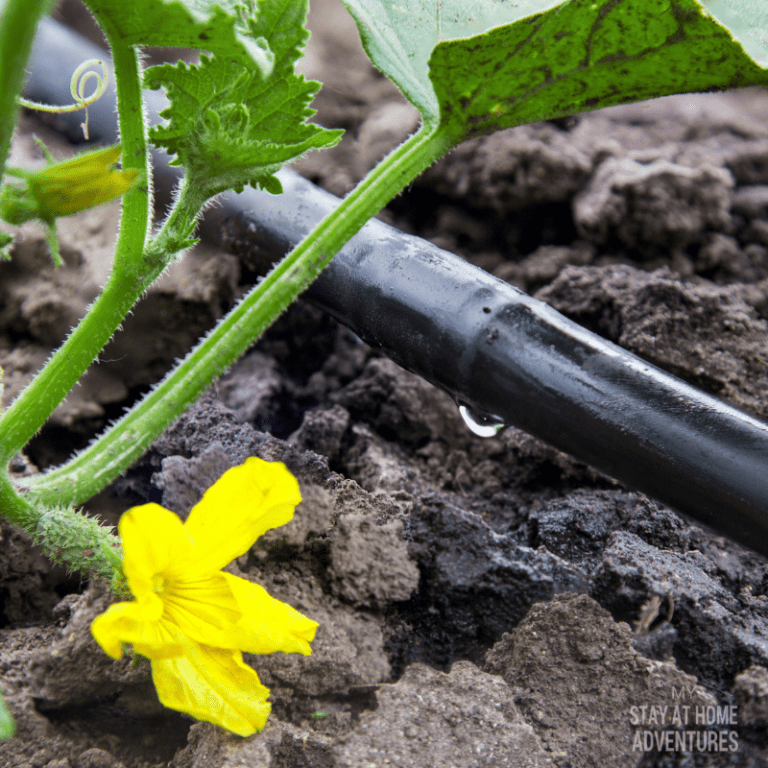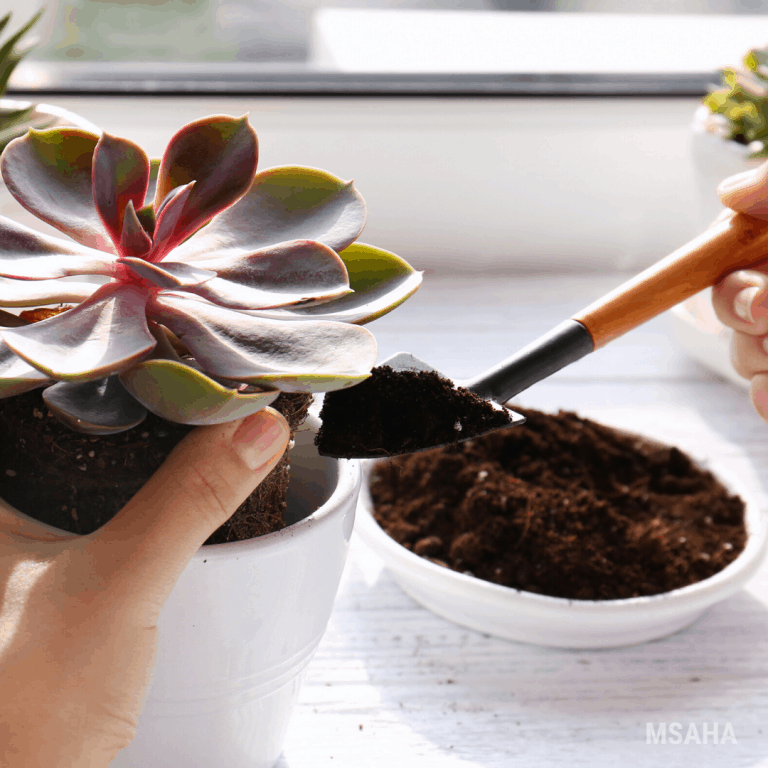Harvesting Memories in the Garden This Autumn
This post may contain affiliate links which might earn us money. Please read my Disclosure and Privacy policies hereAutumn is the perfect time to transform your garden into a family-friendly haven of activity and learning. The cooler weather and vibrant foliage make it an inviting season for outdoor adventures, and what better way to bond with your children than through planting autumn vegetable seeds?
I will guide you through various engaging autumn activities that create lasting memories and teach your kids valuable lessons about nature, responsibility, and the joys of homegrown produce.

The Benefits of Gardening with Kids
Gardening offers more than just the promise of fresh produce. It's a holistic experience that benefits the entire family. Exposing children to gardening can improve their physical health through exercise, enhance their mental well-being by reducing stress, and foster a sense of responsibility. Additionally, gardening provides a hands-on learning environment where kids can explore science, nutrition, and environmental stewardship.
Choosing the Right Plants for Autumn
Selecting the appropriate fruits and vegetables for autumn planting is crucial to ensure a fruitful harvest. Opt for cool-weather vegetable garden seeds and plants like carrots, spinach, and kale, which thrive in the cooler temperatures. Fruits such as apples and pears are also great choices for this season, offering a delightful mix of flavours and textures that children will love.
Preparing Your Garden for Autumn
Before you start planting, it's essential to prepare your garden for the cooler months. Begin by clearing out any summer crops that have finished producing. Add a layer of compost to enrich the soil, and consider using mulch to help regulate soil temperature and retain moisture. These steps will create an optimal environment for your autumn plants to flourish.
Planting Carrots with Kids
Carrots are a fantastic crop for children to plant because they are relatively easy to grow and can be harvested before the first frost. Show your kids how to space the seeds properly and explain the importance of thinning the seedlings to allow enough room for growth. Watching the tops of the carrots peek through the soil can be an exciting part of the process.
Exploring the World of Pumpkins
Pumpkins are synonymous with autumn and offer a wealth of activities. From planting seeds in the spring to harvesting in the autumn, pumpkins require a season-long commitment. When the time comes to pick them, show your kids how to cut the vine and carry the pumpkins safely. Carving jack-o’-lanterns is a fun way to celebrate Halloween, while roasting the seeds makes for a nutritious snack.
Creating a Sensory Garden Experience
Engage your children's senses by incorporating a variety of textures, colors, and scents into your garden. Plant herbs like rosemary and lavender, which not only add fragrance but can also be used in cooking. Encourage your kids to feel the different textures of leaves and soil, and smell the aromatic herbs, creating a multi-sensory experience.

Building a Scarecrow Together
Building a scarecrow is a creative way to protect your garden and involve your kids in a fun project. Gather some old clothes, a hat, and straw, and spend an afternoon constructing your scarecrow. This activity fosters teamwork and allows your children to use their imagination while contributing to the garden's upkeep.
Composting as a Family Activity
Teach your children about sustainability by starting a compost pile. Explain the types of materials that can be composted, such as fruit peels, vegetable scraps, and leaves. Involving your kids in turning the compost and monitoring its progress can be both educational and rewarding, emphasising the importance of recycling organic matter.
Recording Your Gardening Journey
Encourage your kids to keep a gardening journal where they can document the progress of their plants, note any interesting observations, and draw pictures. This practice enhances their writing and drawing skills while creating a keepsake that they can look back on in the future.
Encouraging Responsibility and Patience
Caring for a garden teaches children responsibility and patience. They learn that plants need consistent care, including watering, weeding, and protection from pests. This ongoing commitment helps them develop a sense of accountability and understand the rewards of hard work and perseverance.
Conclusion
Gardening in the autumn offers a unique opportunity for families to connect with nature and each other. Children learn valuable life skills and develop a deeper appreciation for the environment by engaging in activities such as planting, harvesting, and composting. Whether it's the joy of harvesting a ripe apple or the satisfaction of seeing a garden grow, these experiences create lasting memories and foster a love for nature.








